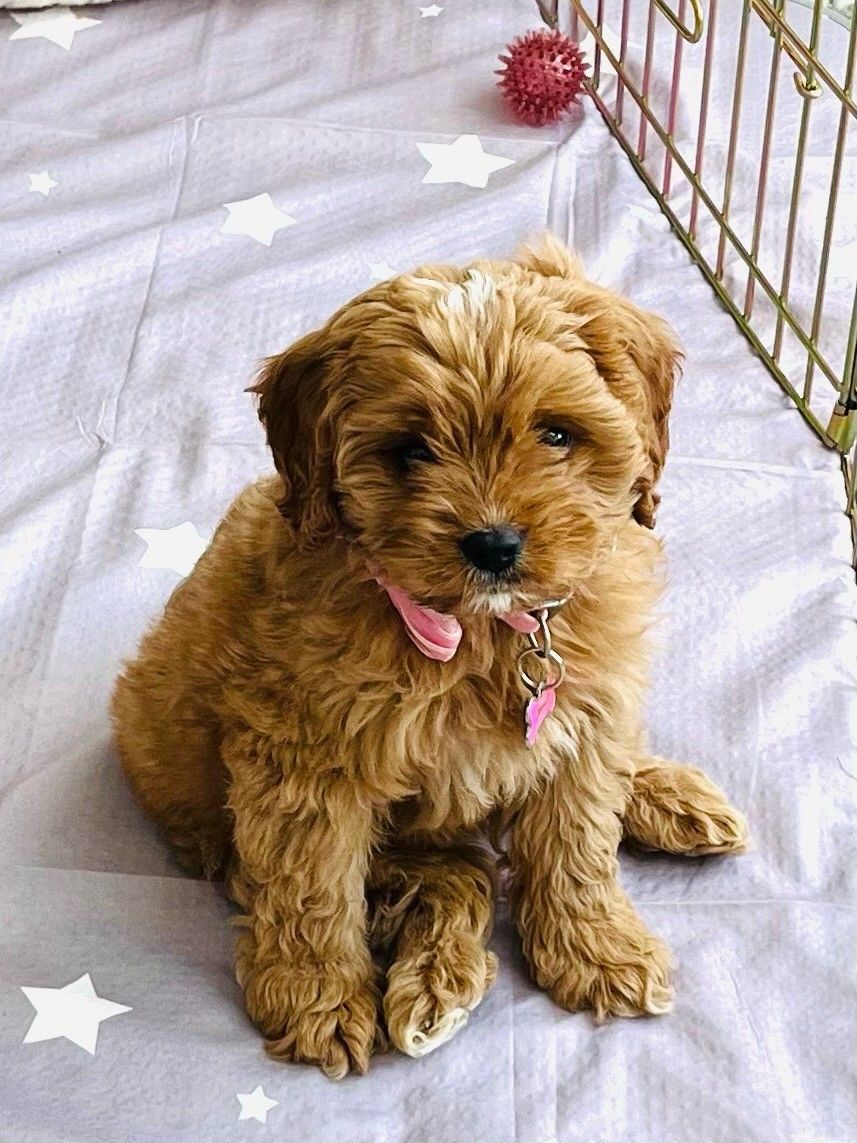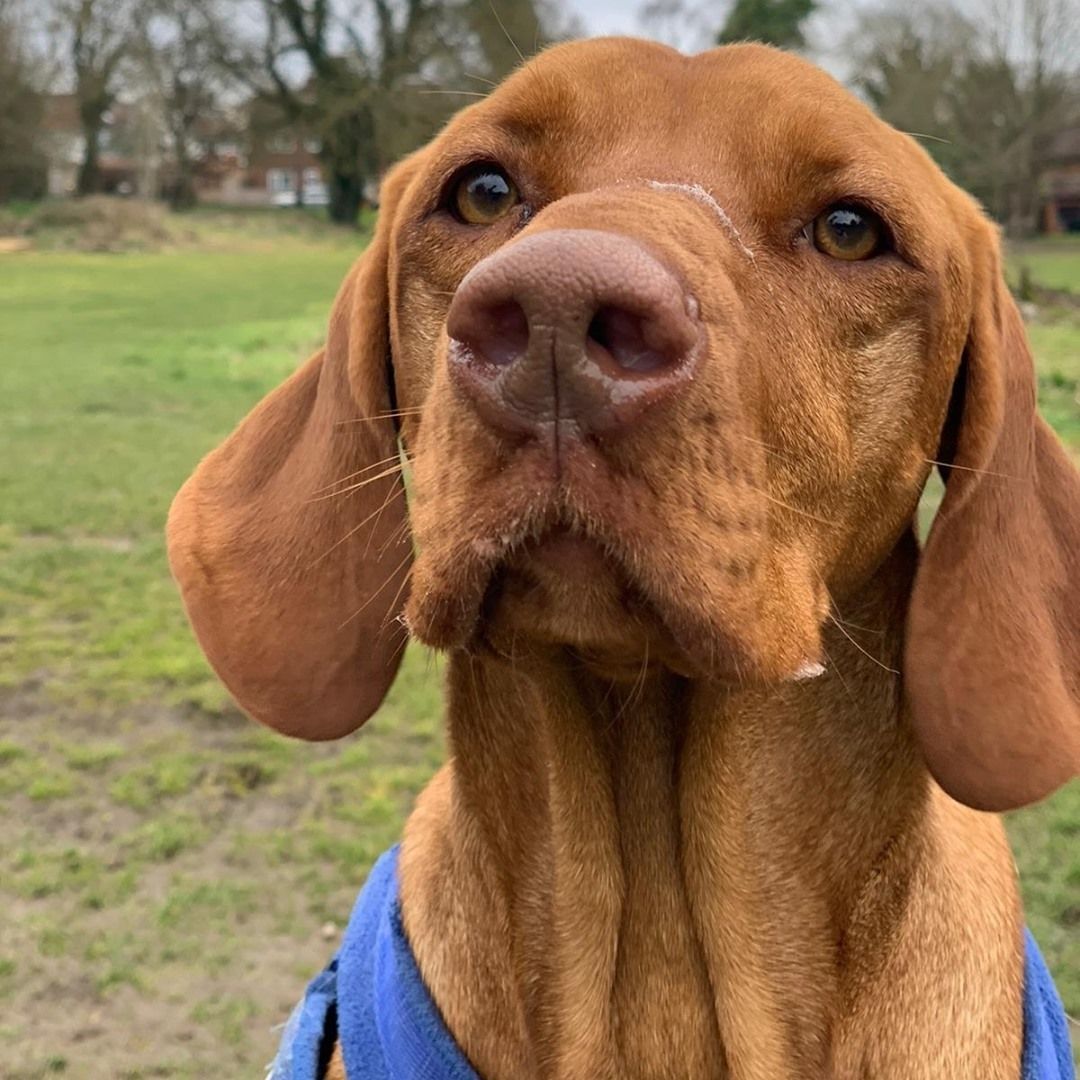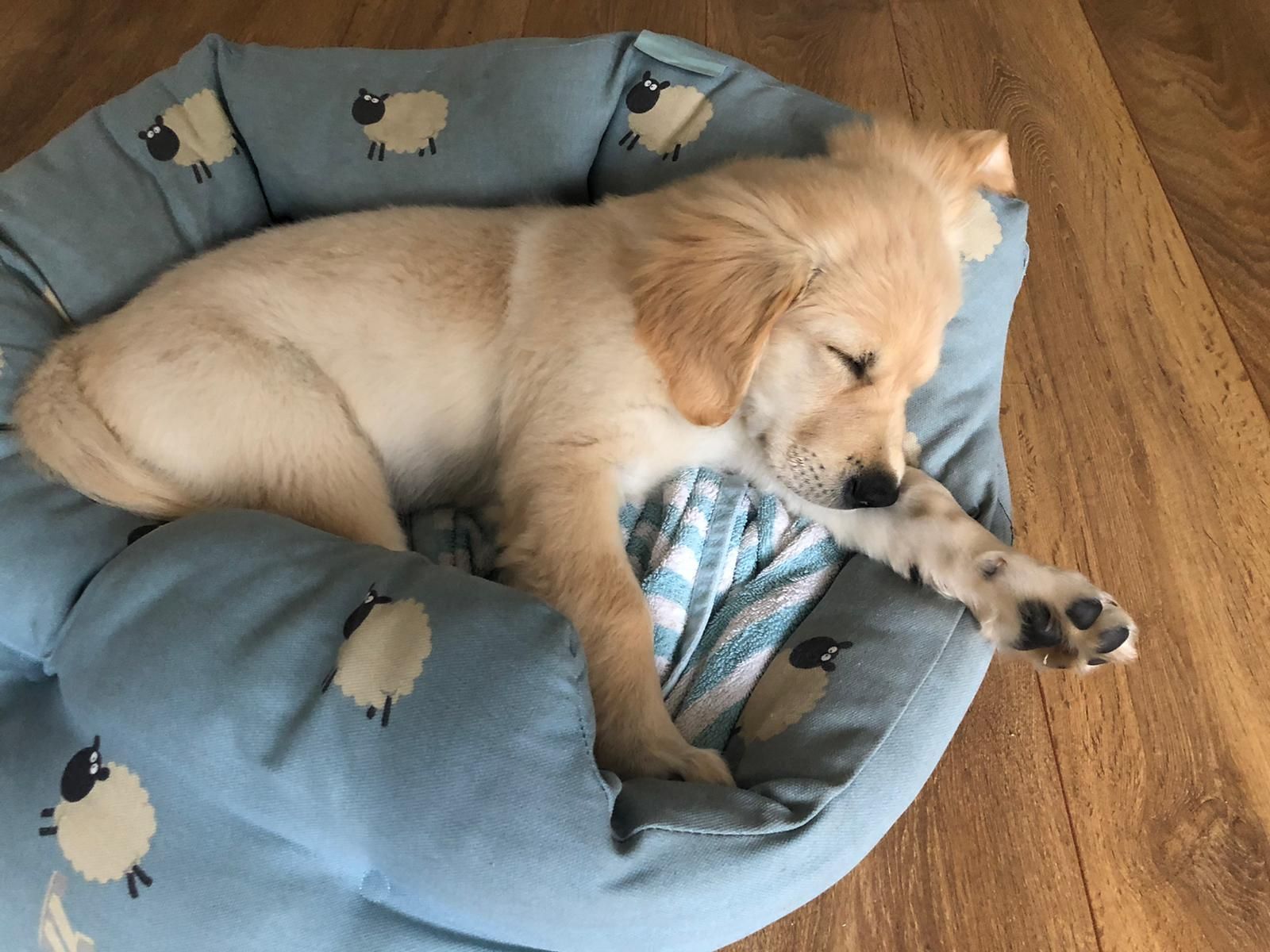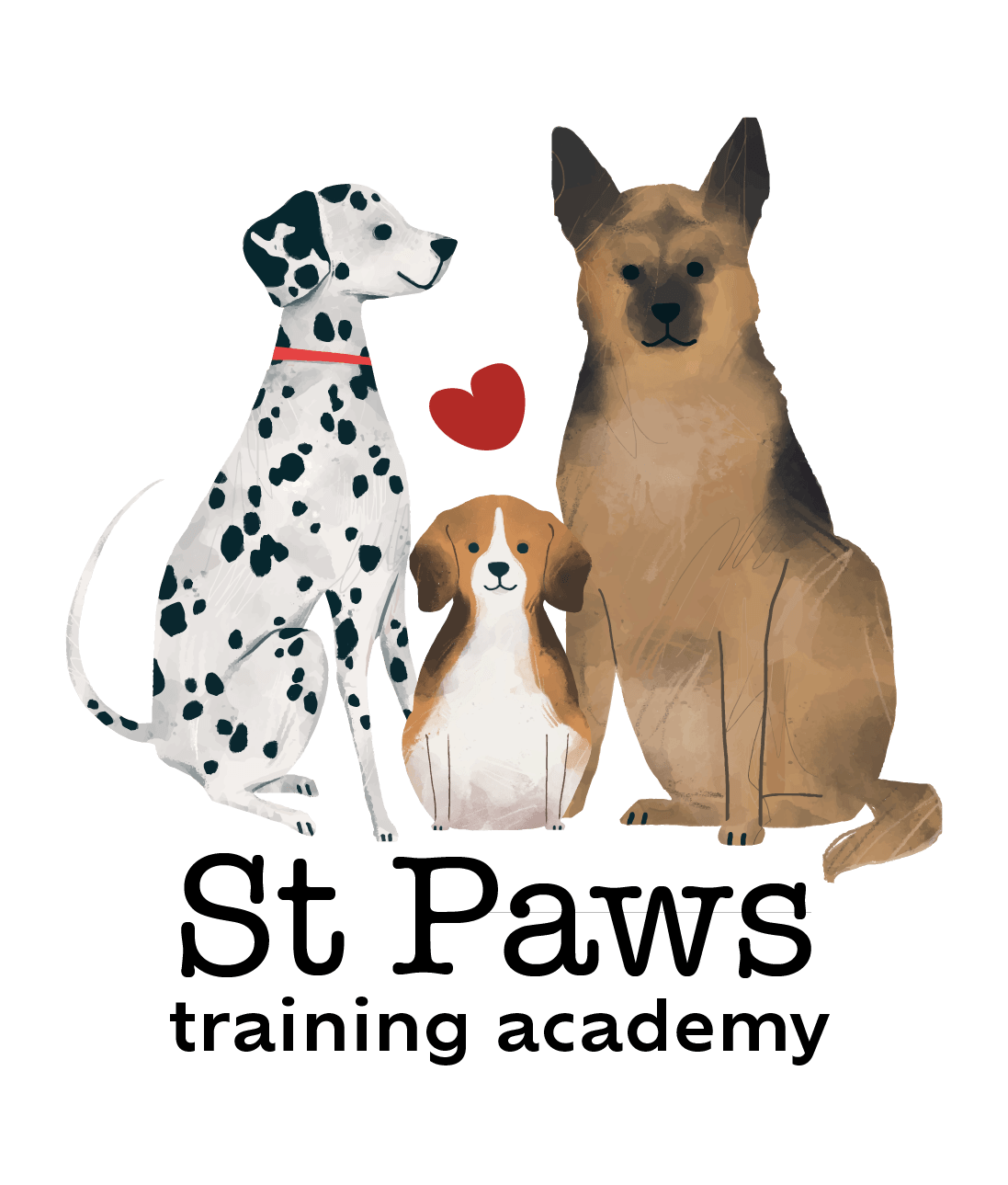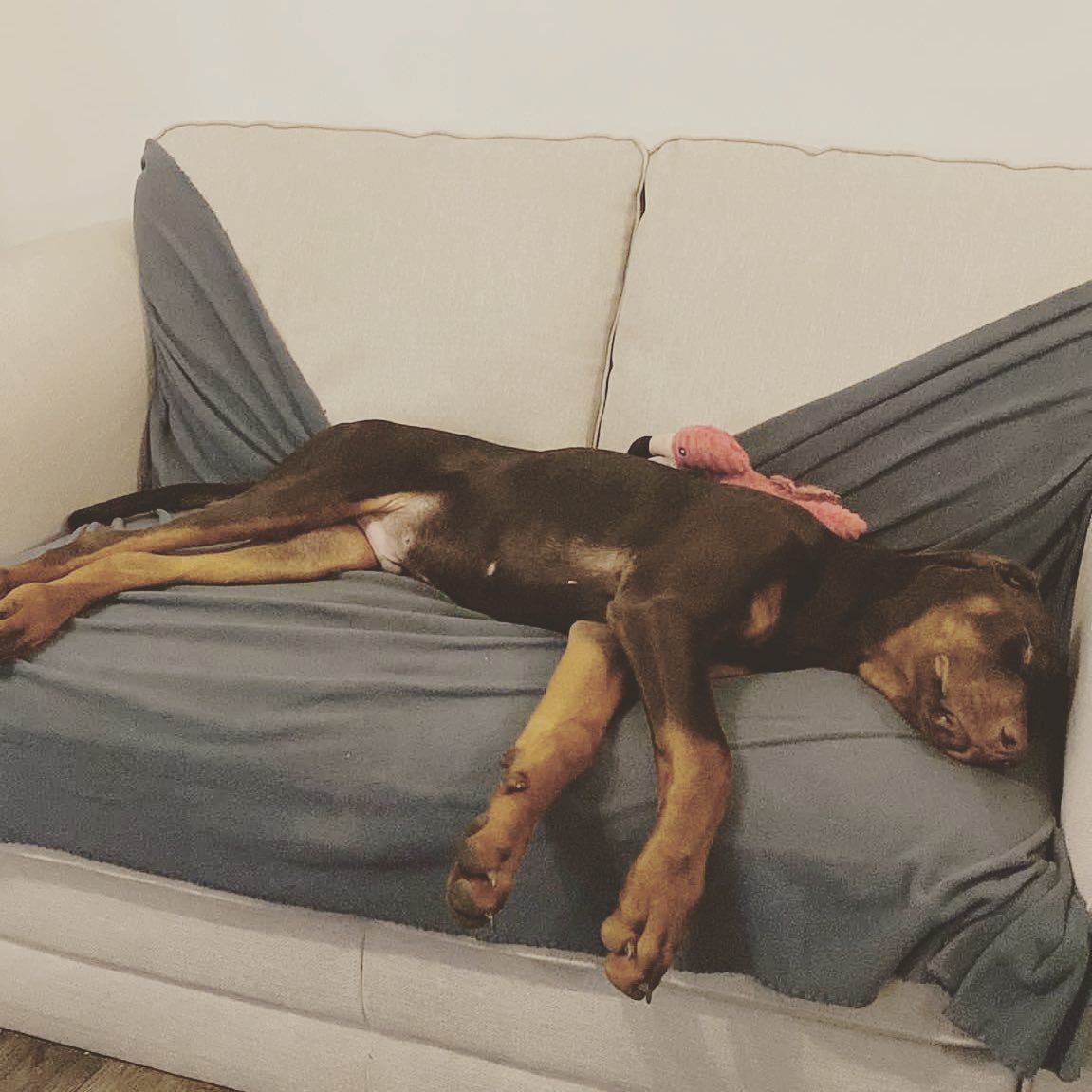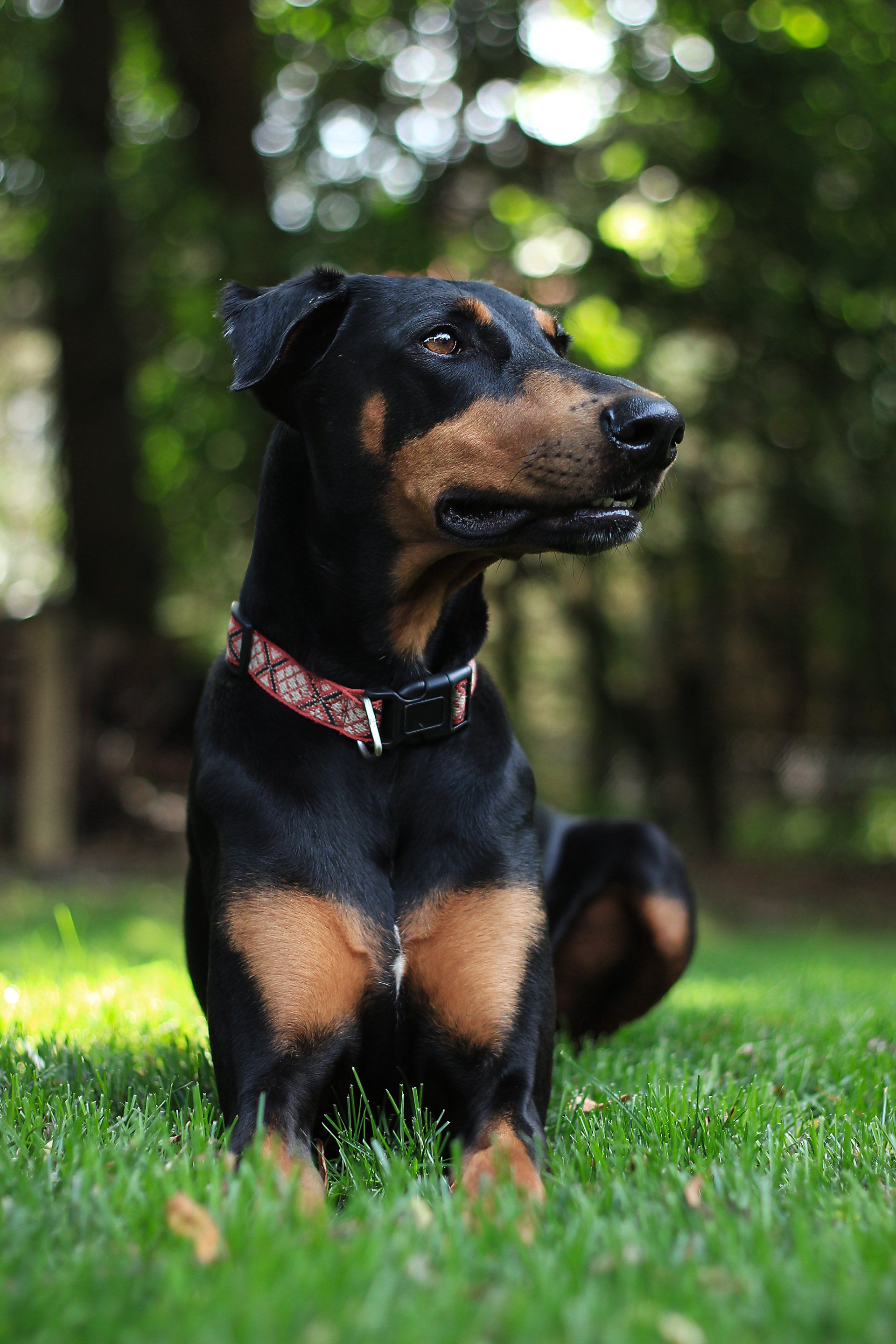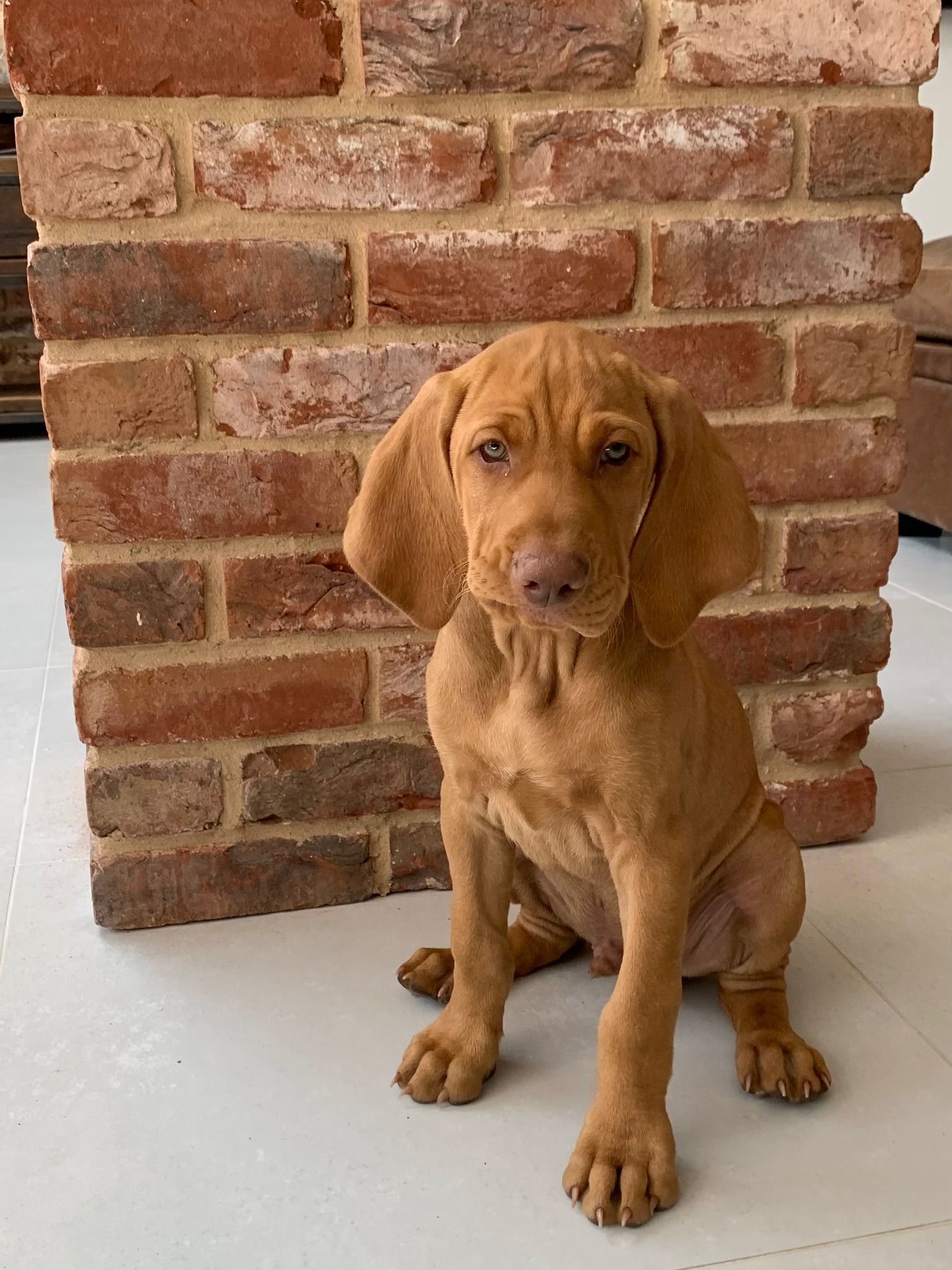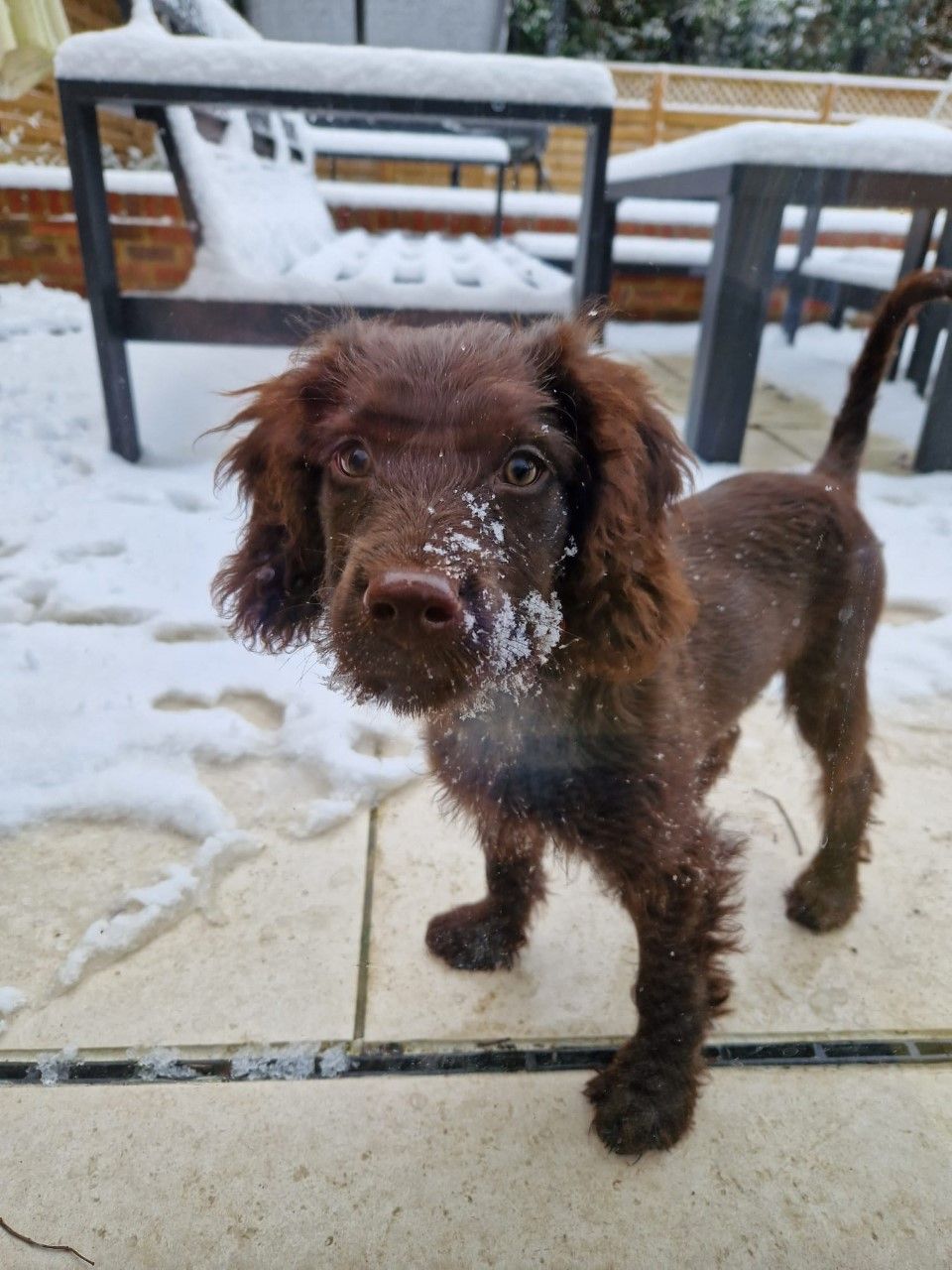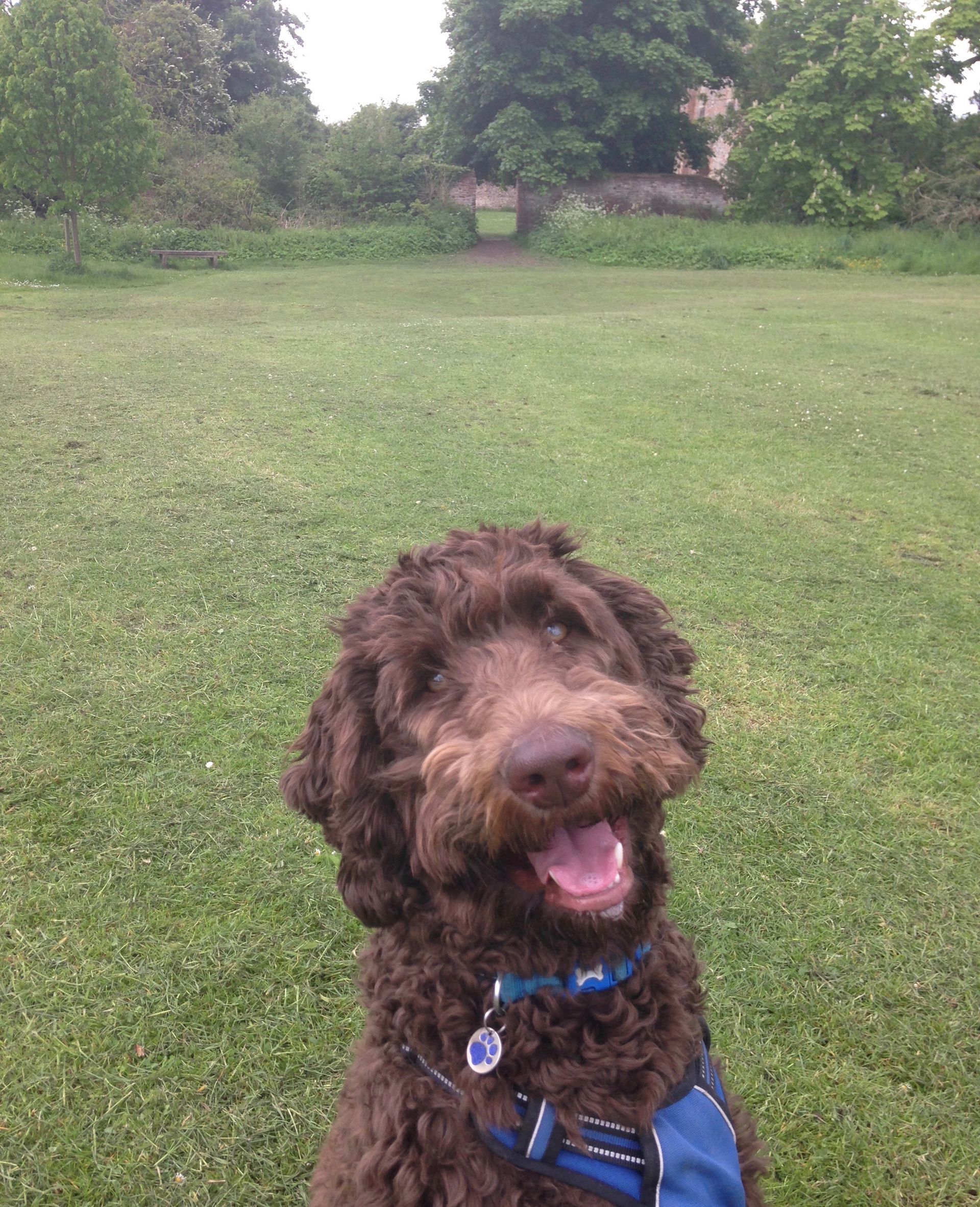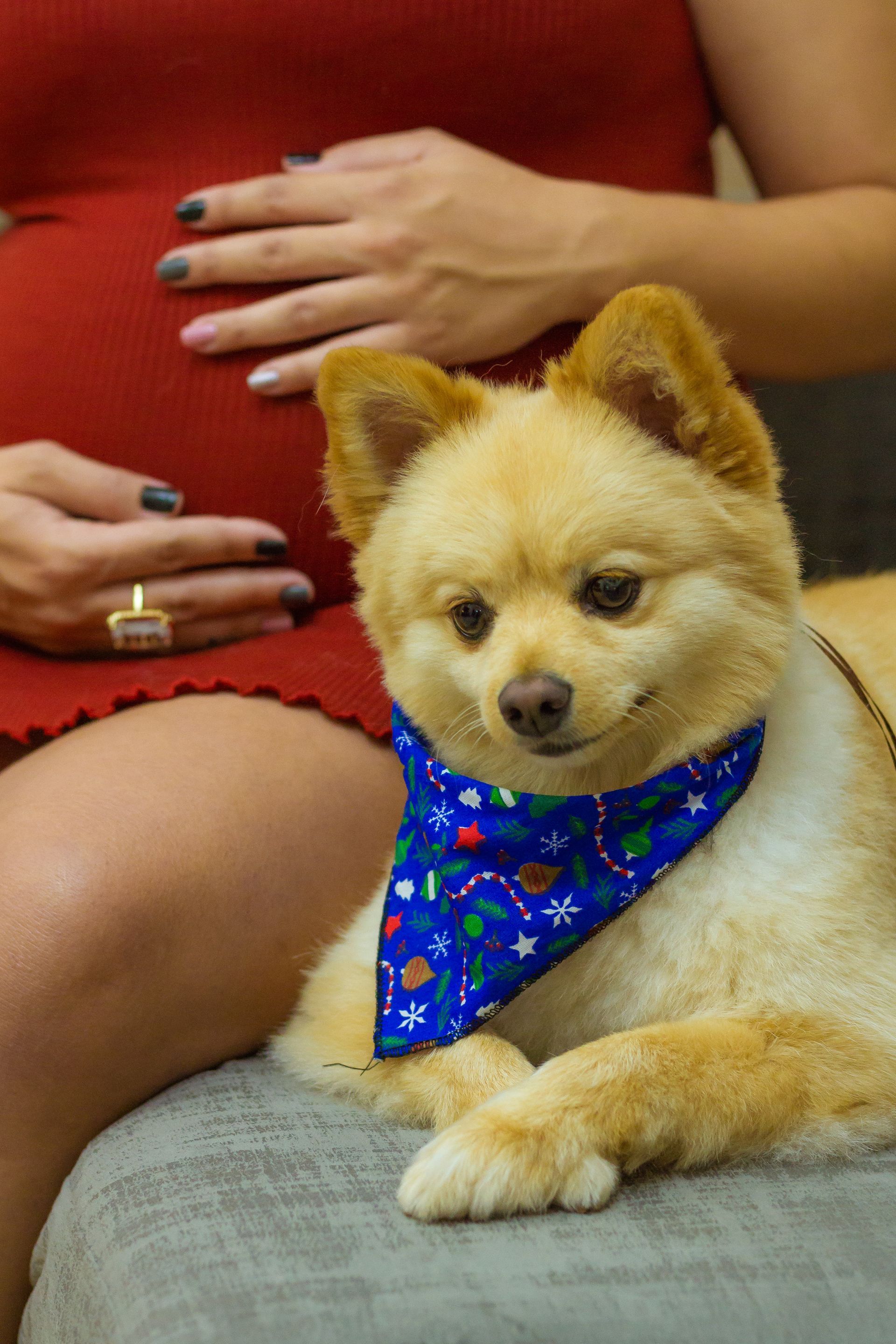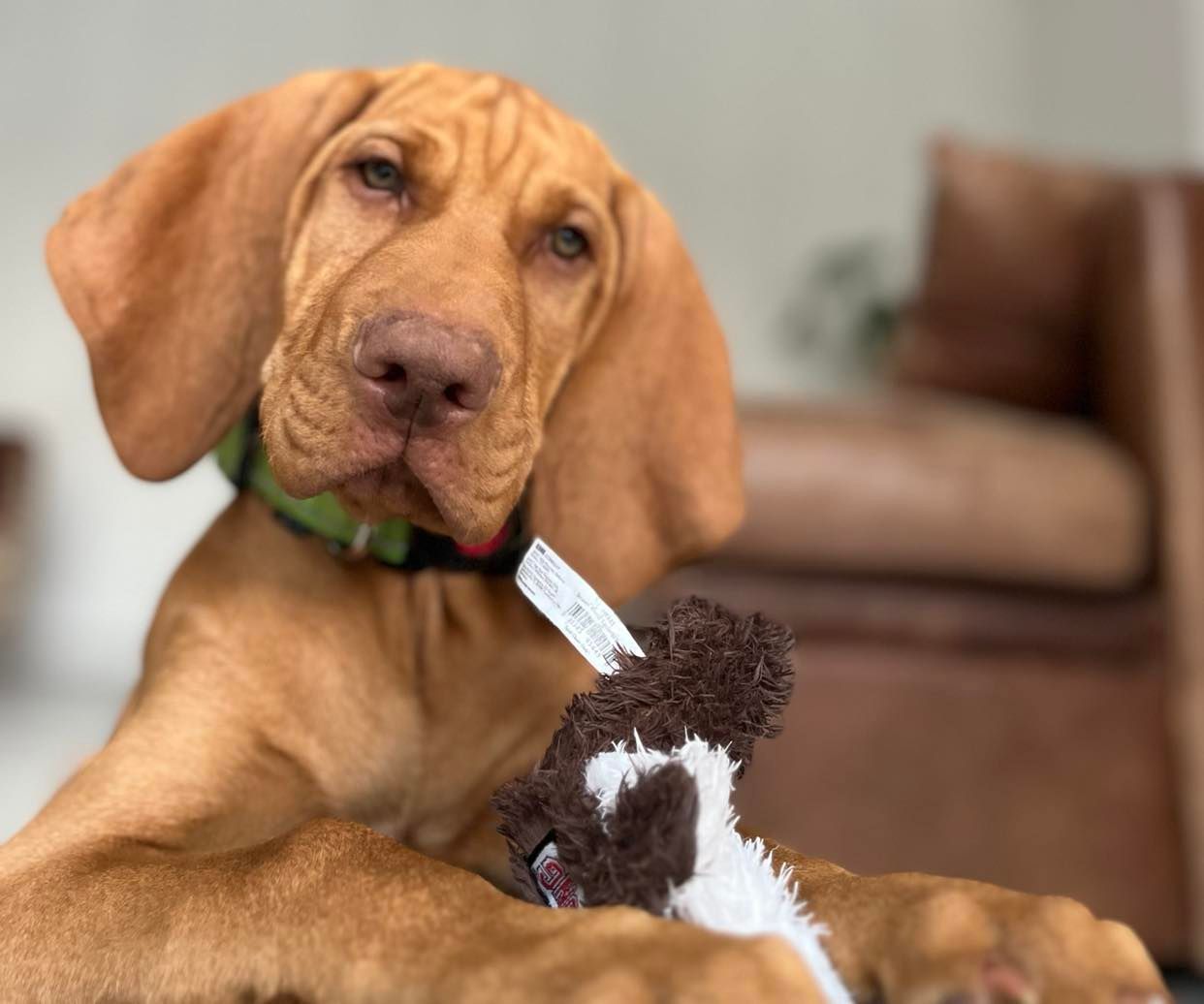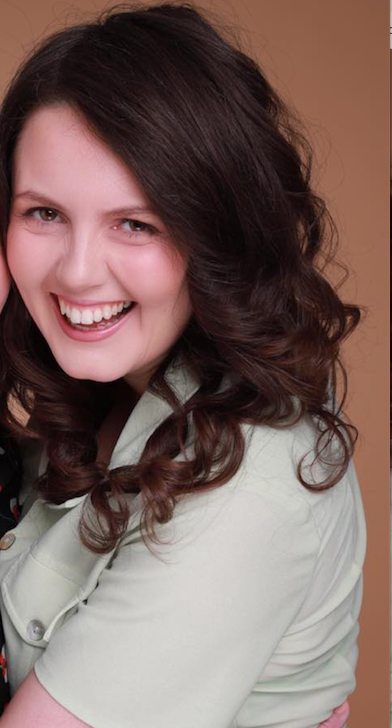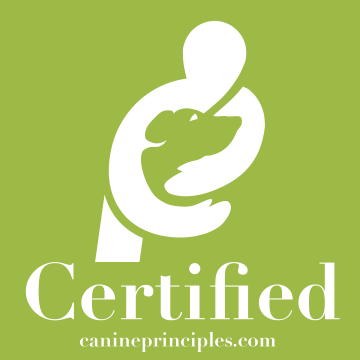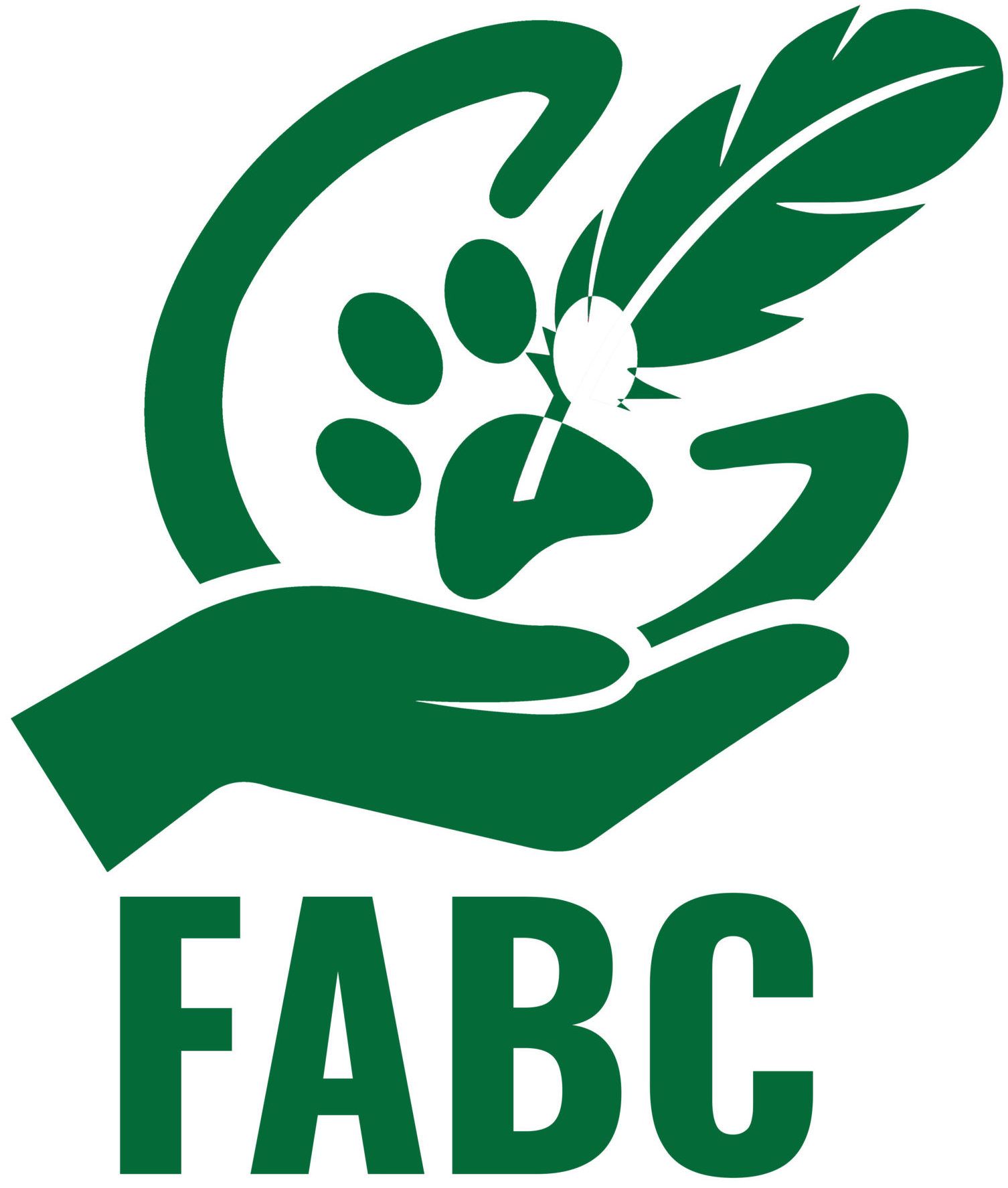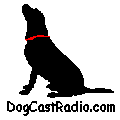Breed spotlight: The Shetland SheepDog
Spotlight on the Shetland Sheepdog
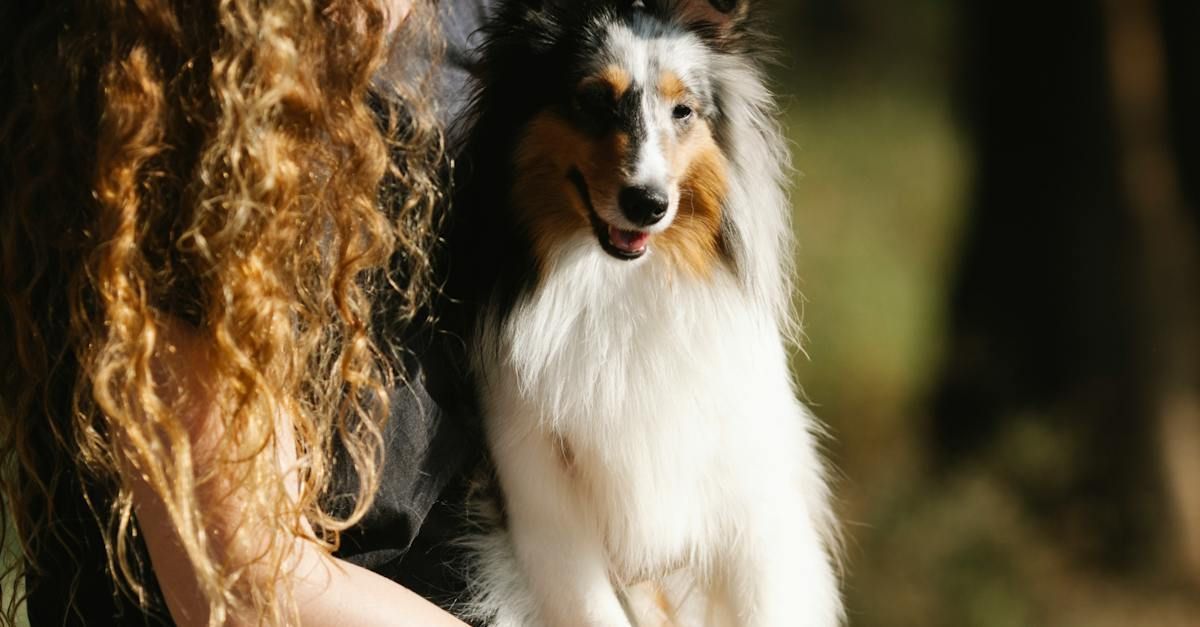
This breed is thought to have originated in the 19thCentury from the Shetland Isles, off the North Coast of Scotland. Their original purpose was thought to be a farm dog and sheep herder. Their coat is dense – ideal for the stormy weather they would have experienced.
Grooming
Prospective caregivers need to be aware of the grooming that is involved when sharing their life with a sheltie. They have a double coat – a soft, thick undercoat which keeps them cooler in summer and warm in the winter. Their top coat has long water repellent hairs lying over the undercoat.
Daily grooming is required. Brushing is needed behind the ears which has soft fur. This is also needed around their arm pits and inside the thighs. Getting them used to grooming from a young age is imperative. They moult once or twice a year.
Grooming tools
A bristle brush can help keep a coat shiny and get rid of dirt.
A de-matting rack can help prevent fur matting.
A rubber brush removes dead hair and creates a massaging effect.
Planning on welcoming a dog home but not sure which breed?
If you would like guidance on different breeds of dog and their foibles and characteristics why not join the Polite Pup Club?
